DISCOVER THE CAMPANIA REGION
From the top of the green hill lapped by the Clanio river, at 320 meters above sea level, you could enjoy a complete view of the Partenio mountains and the Monteforte Irpino pass up to the Sabato valley, the key to access the land of Puglia and the connection with the Adriatic.
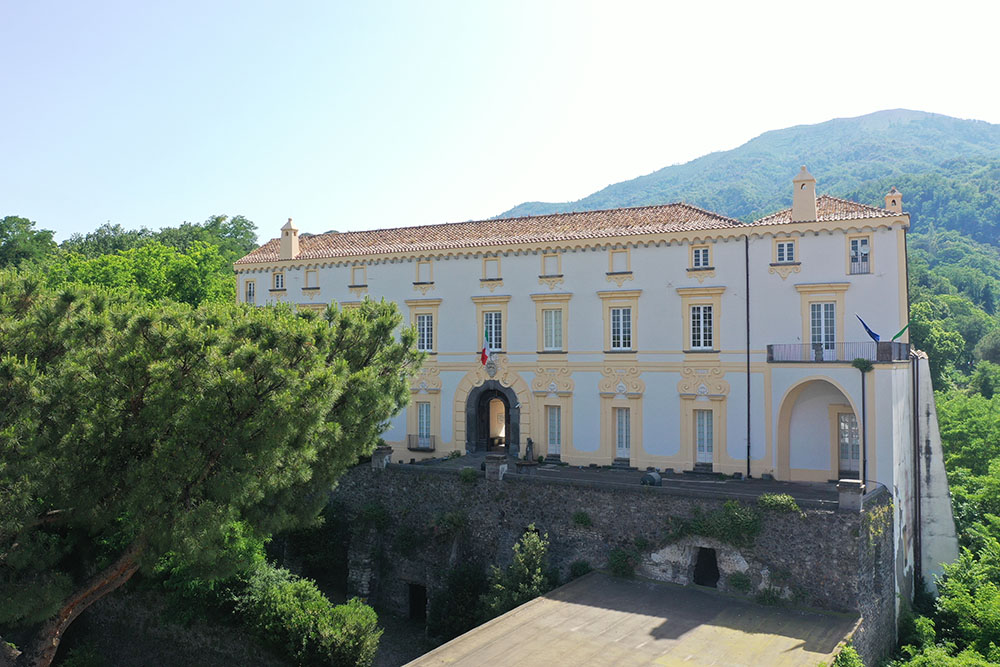
A rocky terrace at 282 metres, on the slopes of Somma-Vesuvius in a strategic position on the Nola plain. And on the Via Popilia, which once connected Capua and Reggio.
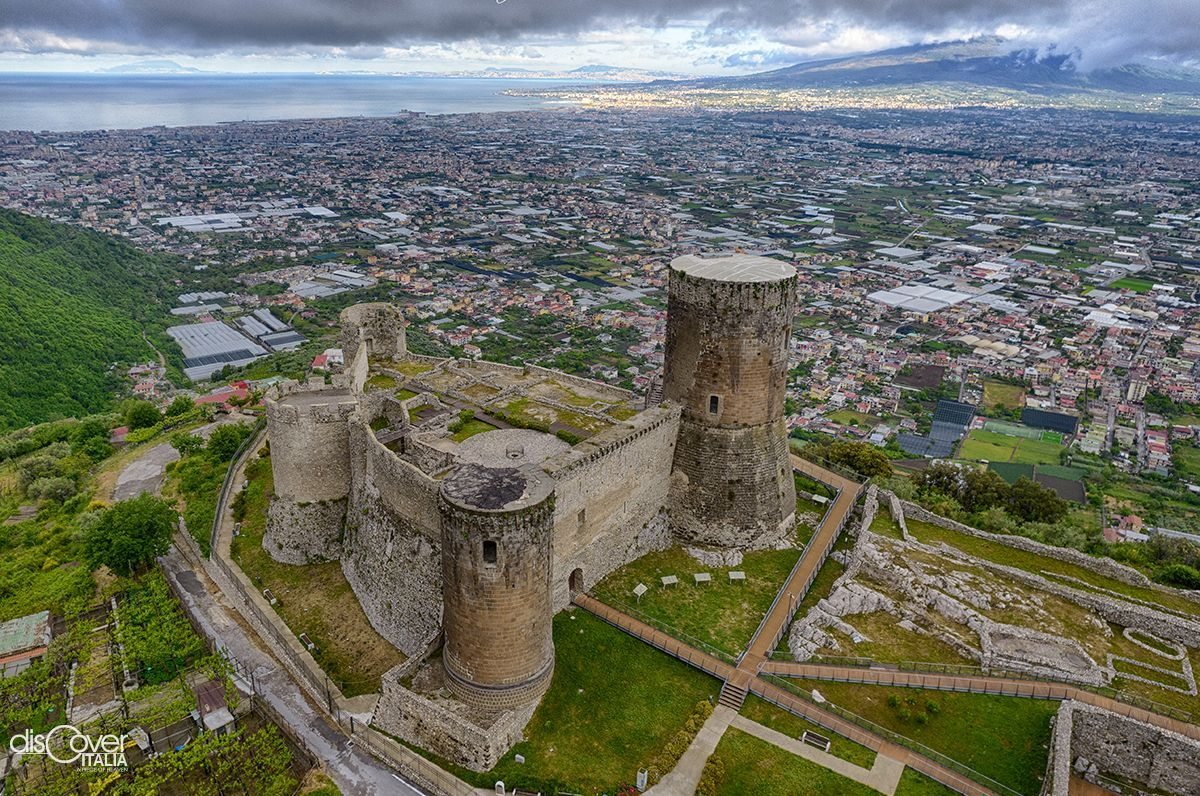
In the night, the scenographic lights enhance and soften the imposing shapes of the fortress with four towers, subtracted from the aggressions of time and the effects of a long abandonment.
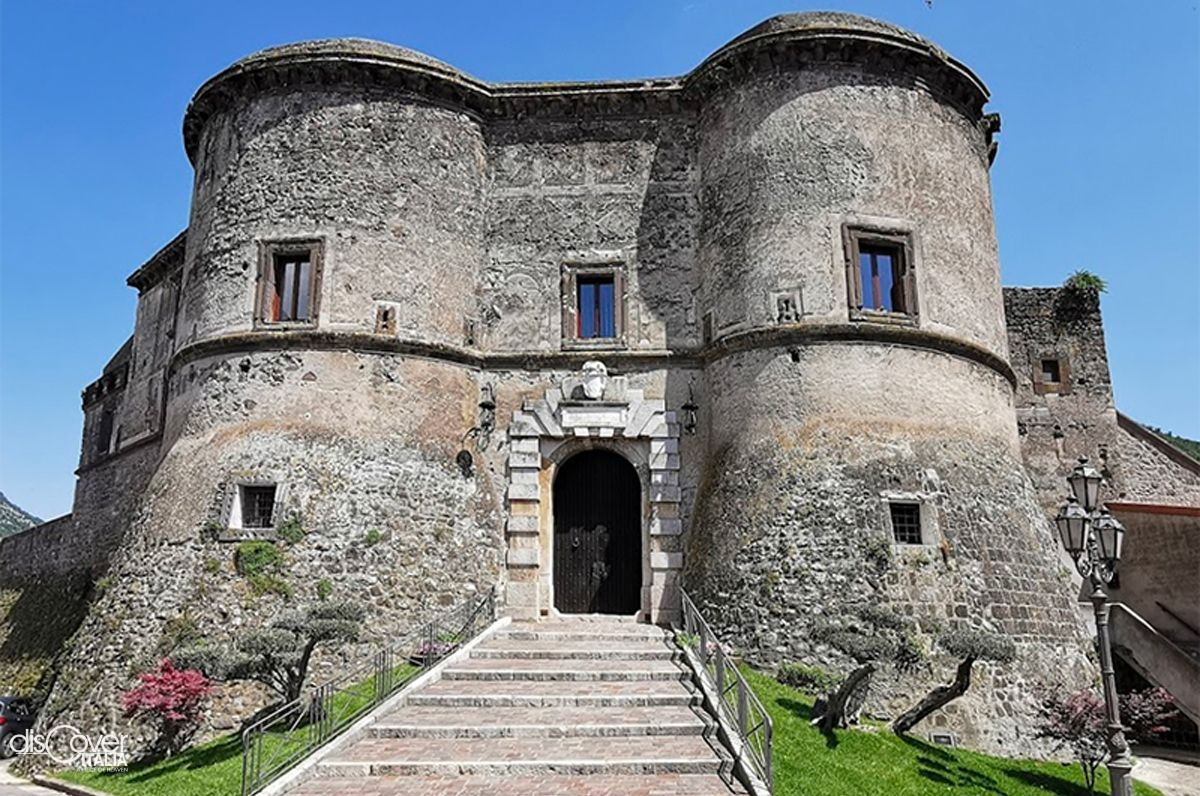
Similar to Castel Nuovo, the great fortress on the sea of the capital, albeit smaller in size.
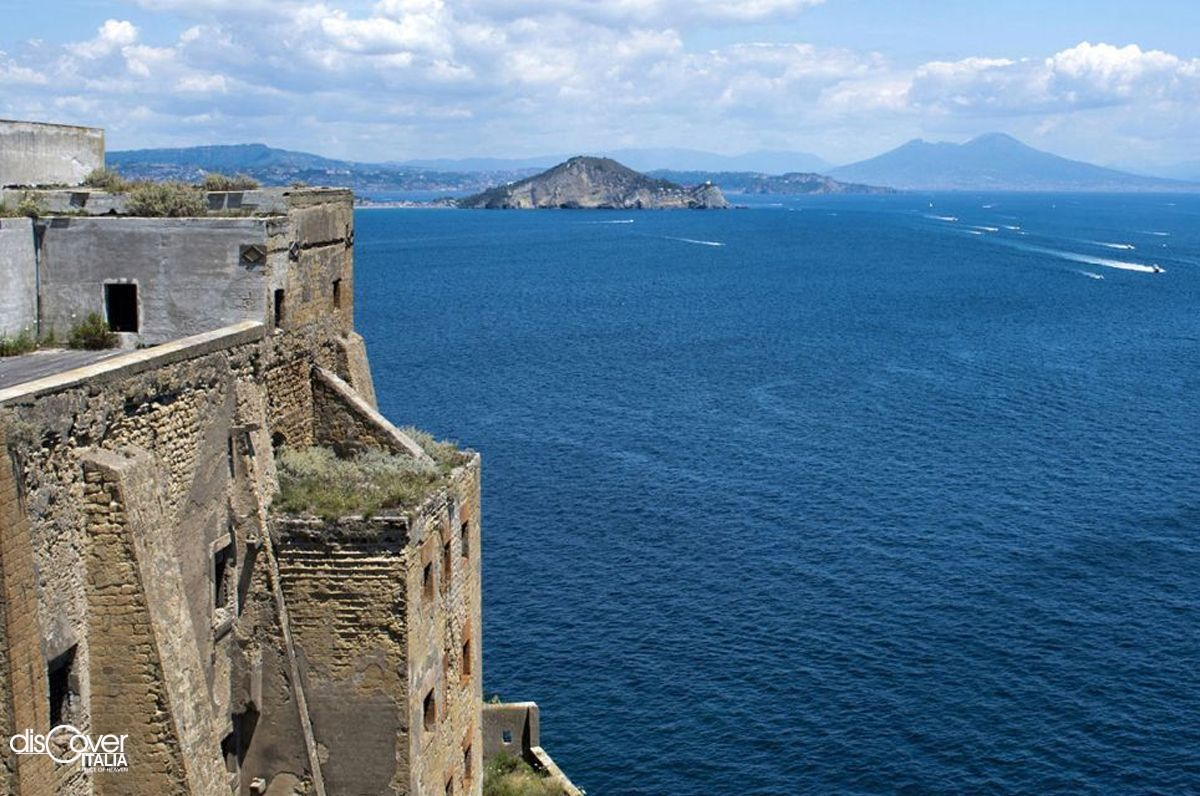
From the top of the promontory towering over the sea, the castle still seems to watch over the island.
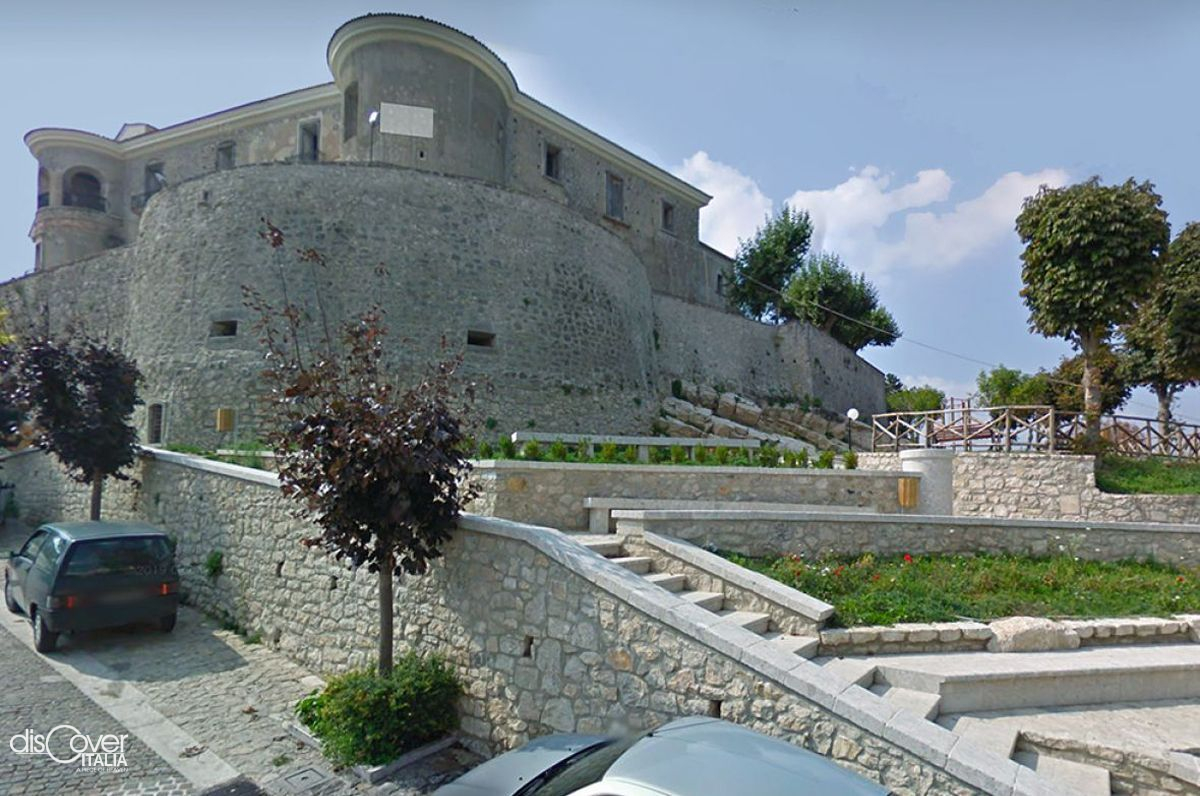
From the height of which it occupies the summit, the castle of Gesualdo majestically dominates the Calore valley.
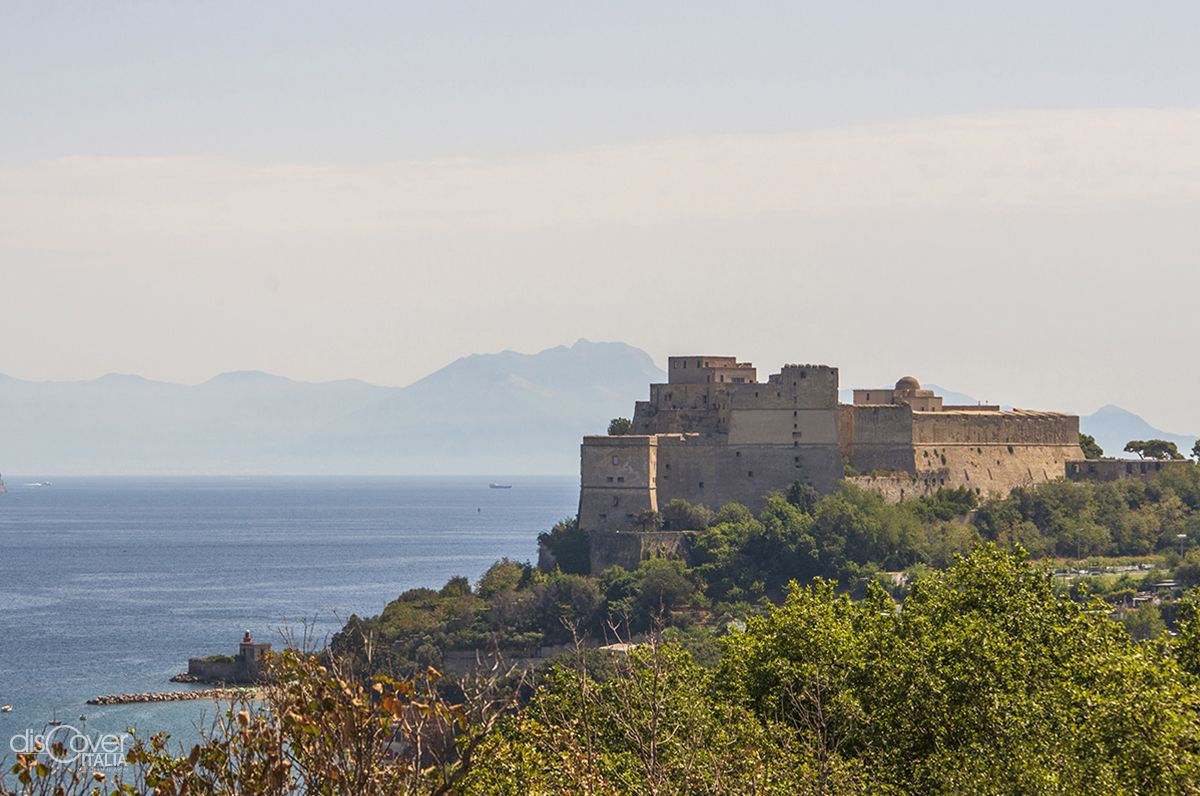
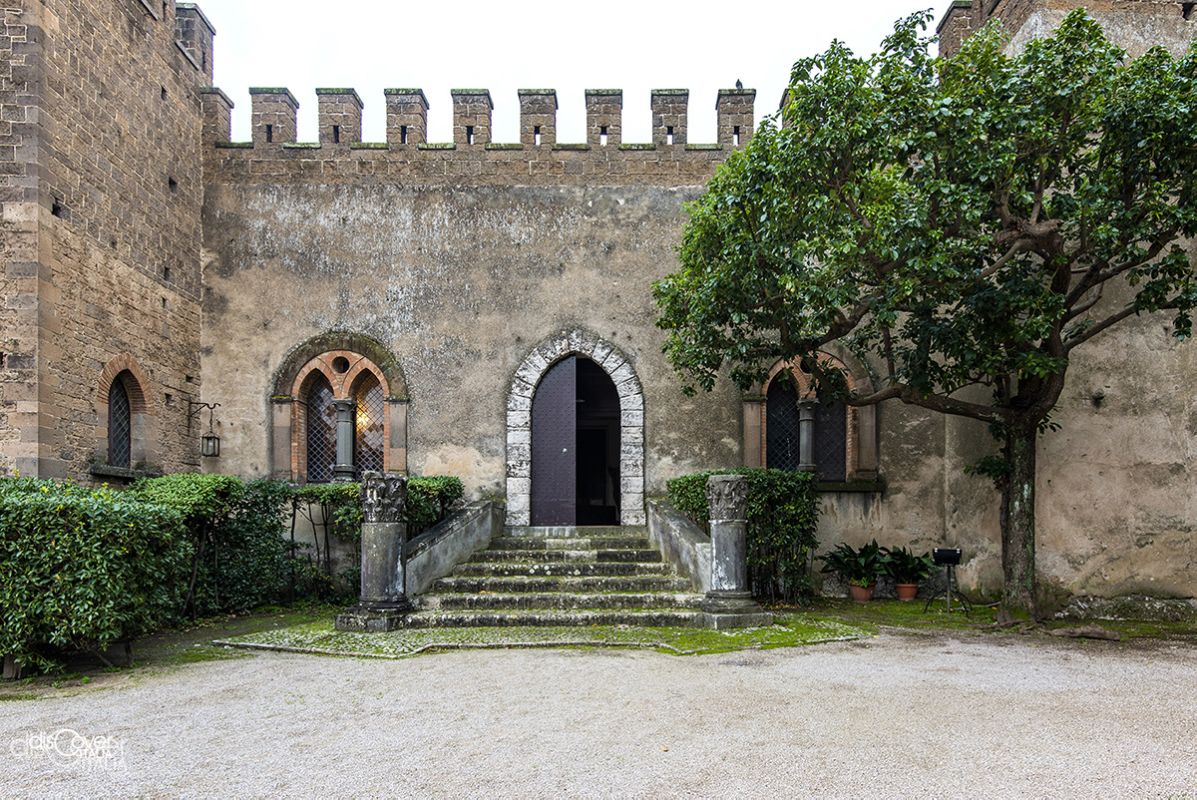
It is an apparition that arouses amazement and admiration at the entrance to the Vallo di Lauro. As if it came out of a fairy tale, the magnificent Lancellotti Castle catches your eye. It rises with its towers, crenellated walls, imposing and mysterious appearance on the so-called “primo sasso”, because a Roman construction previously stood there.
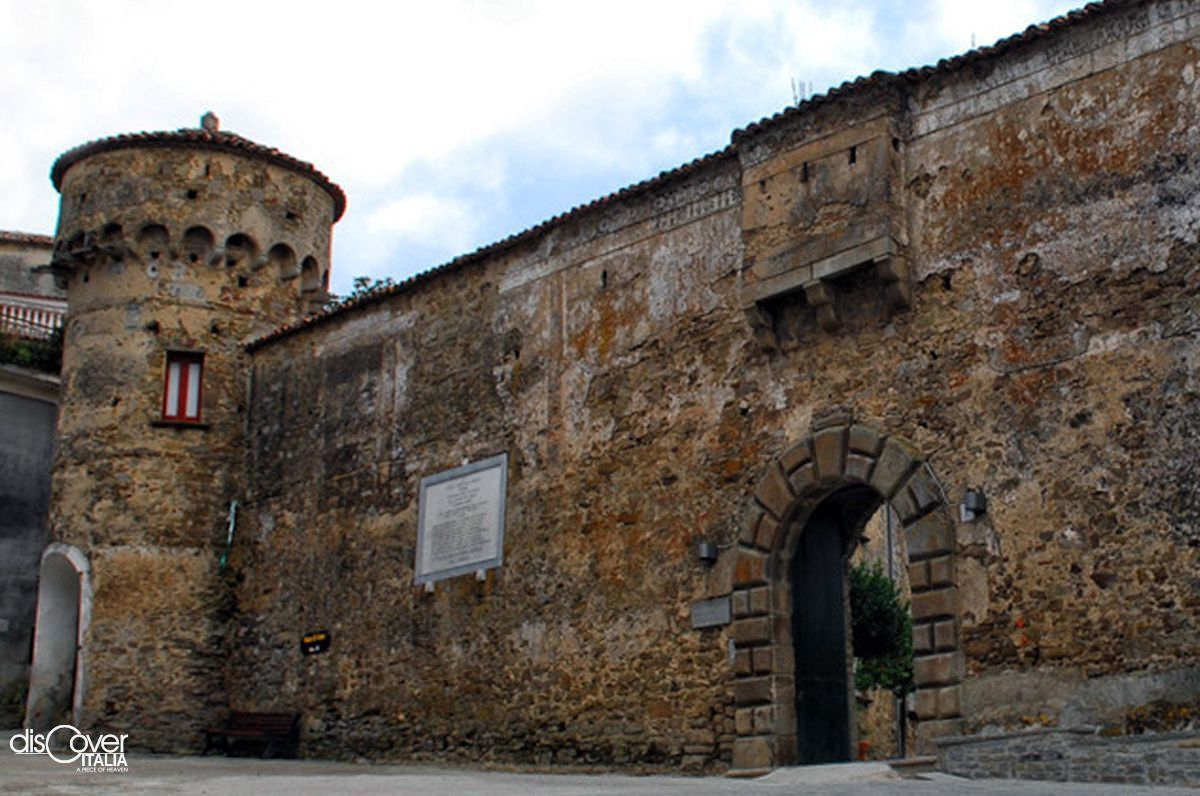
The rich library of the convent of Santa Maria della Pietà, in the countryside outside the hamlet of Vatolla, was an irresistible attraction. Giovan BattistaVico was often there, as soon as his commitments as tutor of the children of baron Domenico Rocca, owner of the castle left him free time.
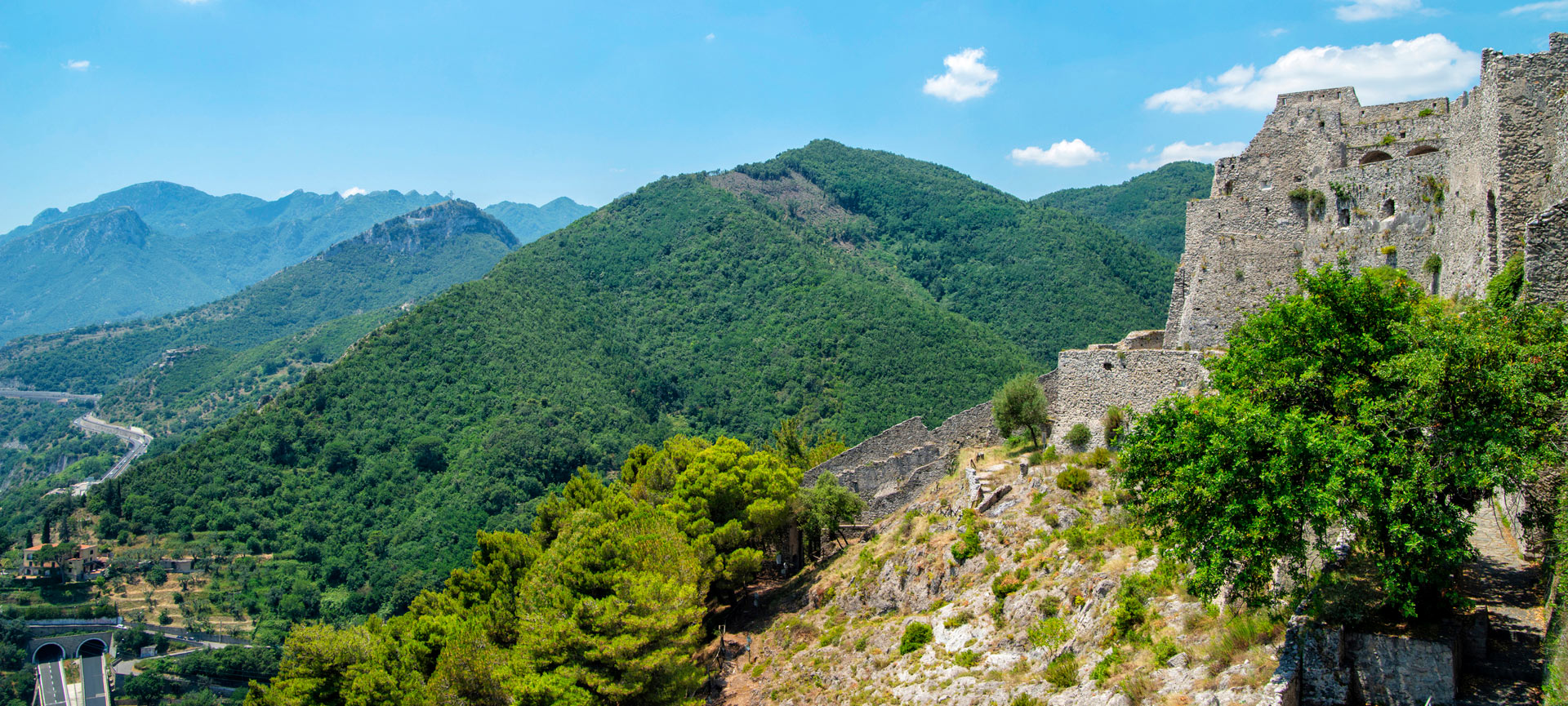
Fin dalla prima volta che aveva visto il posto, era stato chiaro al duca Arechi II che lì era tutto ciò che cercava.

The Ripoli, rich merchants who arrived in Pollica in the Aragonese period, came from Catalonia. In the Cilento town where they settled, their wealth multiplied, and they used this richness to also build an imposing castle on the sea, in the nearby hamlet of Pioppi.

A spur of rock between Mount Alburno to the north and Mount Vesole to the south, dominating the Calore Lucano valley. An ideal location, naturally protected, immediately noticed by the first inhabitants of that region, of Etruscan origins, and which later attracted the attention of the Greeks of Poseidonia as well.
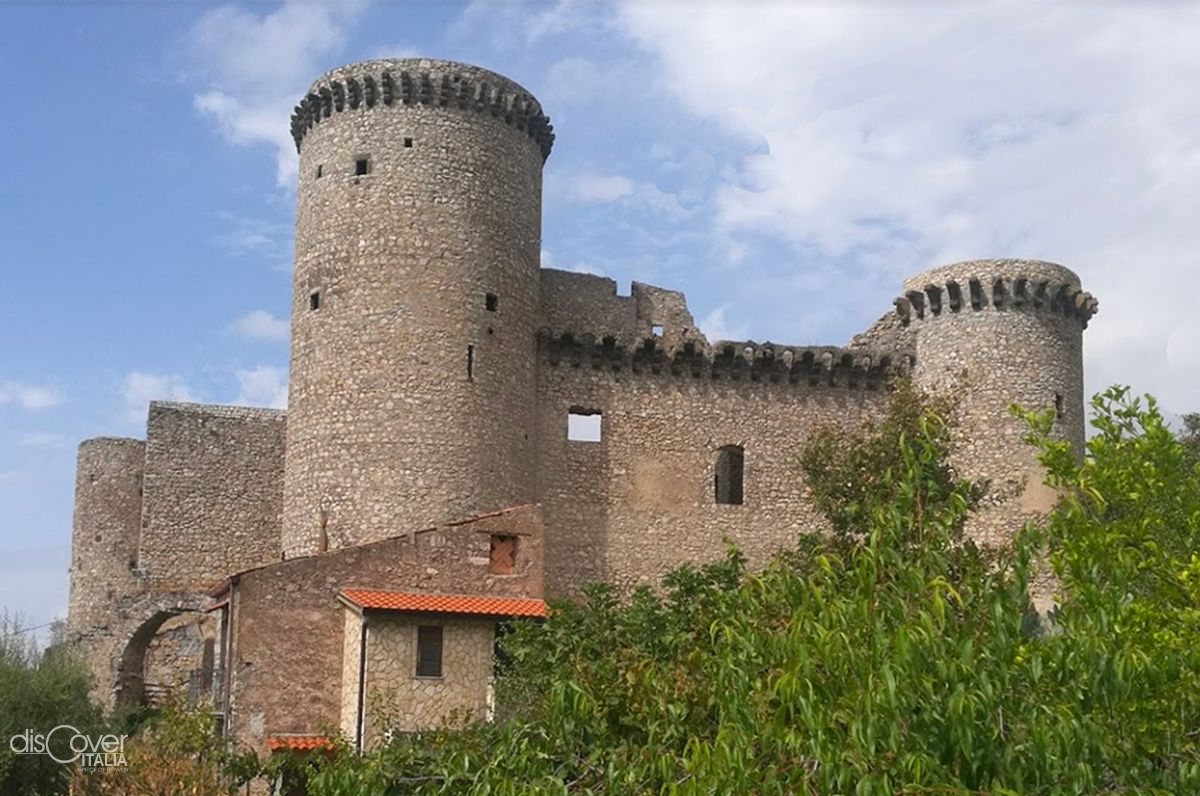
It was the powerful Lombard family of the Castaldei who wanted it, together with many other fortresses in strategic places in the county of Capua. The Riardo Castle was built in the second half of the 9th century, on the hill overlooking the plain of the Savone stream, which arises from the extinct volcano of Roccamonfina.
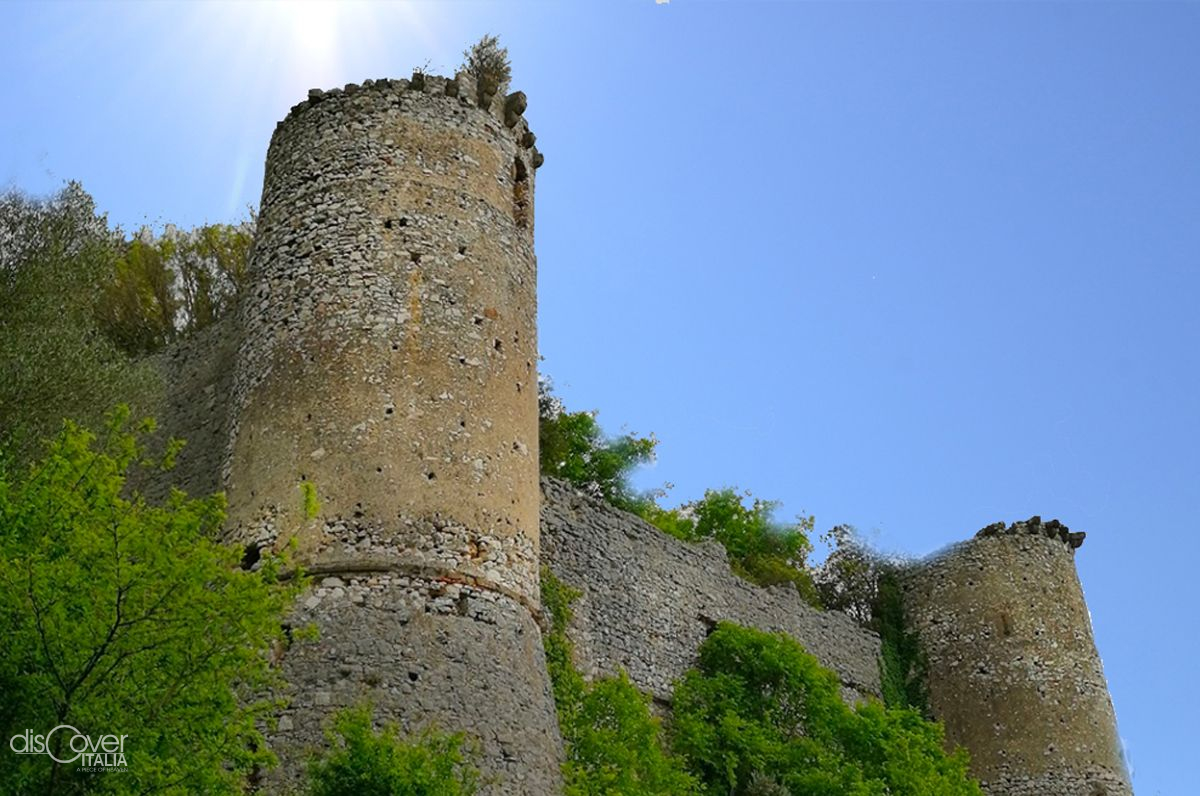
From its position, on the slopes of the Trebulani mountains, the castle of Alvignano, the ancient Cubulteria, dominates the entire valley of the middle Volturno. The original structure, dating back to the 11th century, had probably incorporated a pre-existing square tower.

There is a castle inside the extinct volcano of Roccamonfina, on a natural saddle in the territory of the municipality of Conca della Campania. Its origin coincided with the birth of the fief of Conca in the12th century. The castrum, with a major tower in the south-eastern corner, was then reinforced with a belt of straight walls and watch towers.
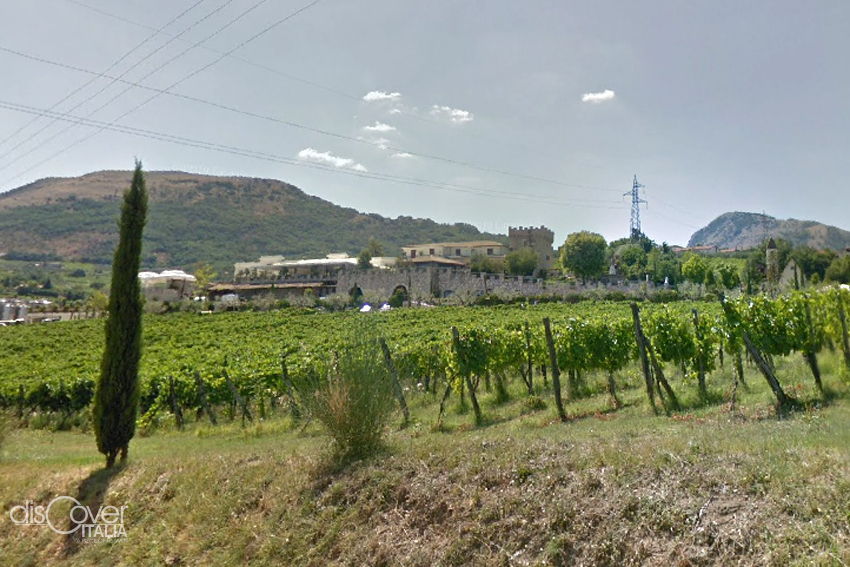
At 420 meters of heights, on the slopes of Mount Pentime, third peak of the Taburno massif, the castle of Torrecuso rises superbly, towering over the town that bears reference to its elevated position even in its name.
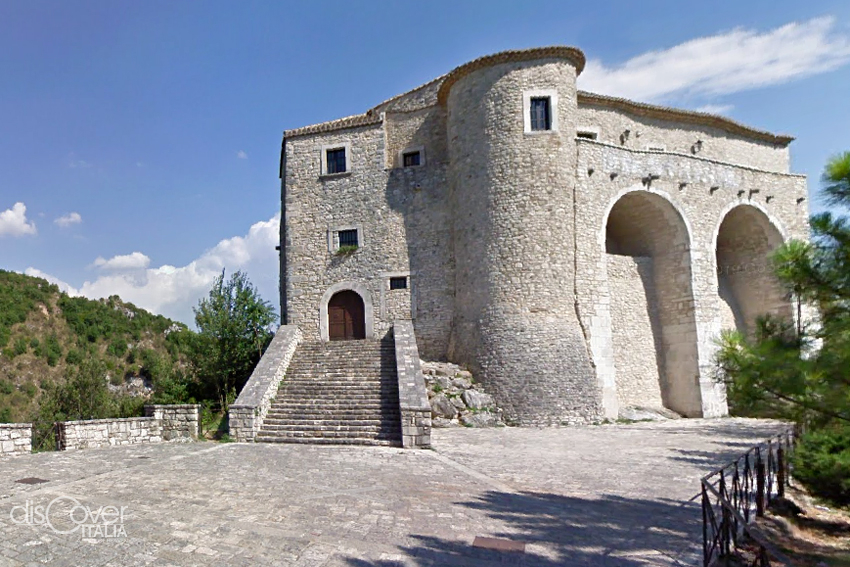
The location was definitely favorable given its proximity to Regio Tratturo and Via Francigena. And it represented a strong incentive for the growth of the small town of Casaldunion the slope of Mount Cicco, on the right side of the Tammaro River.
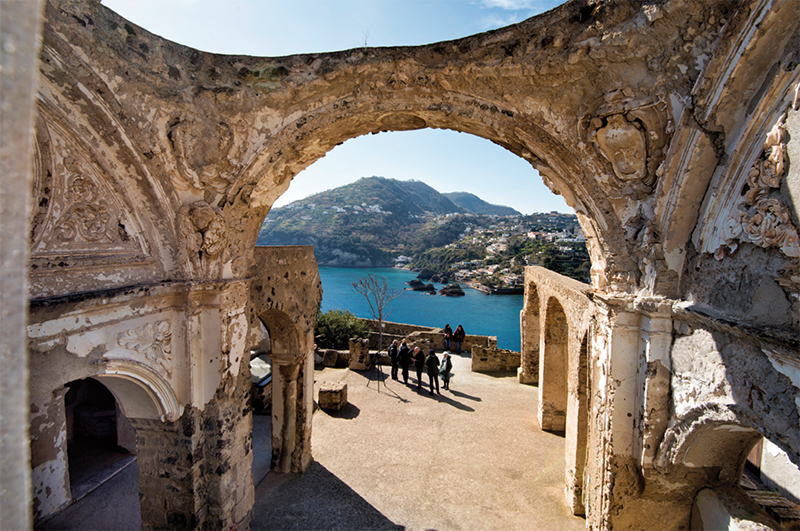
They are the survivors of a large group of silent witnesses.
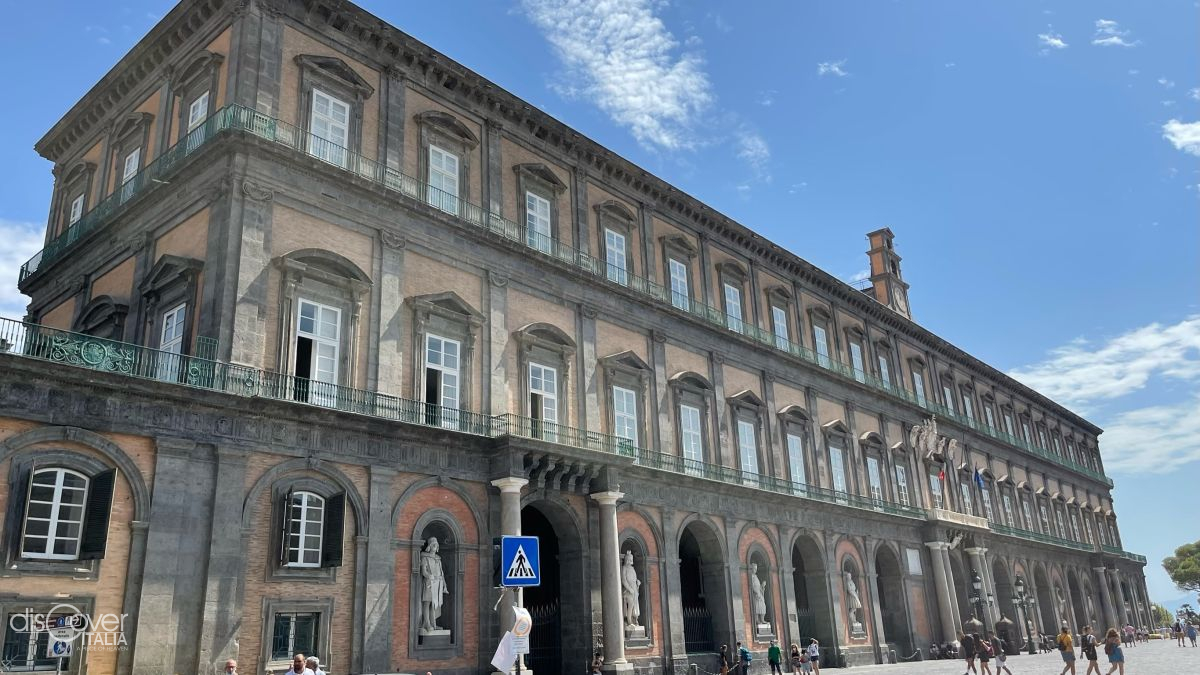
The Royal Palace is symbol of Spanish greatness and it was built on a design of the great architect Domenico Fontana, in a strategic location, not far from the port and in front of a perfect flat space for military parades and large gatherings of people. It was 1600 and two years earlier Fernandez Ruiz de Castro was appointed Naples viceroy by Philip III.
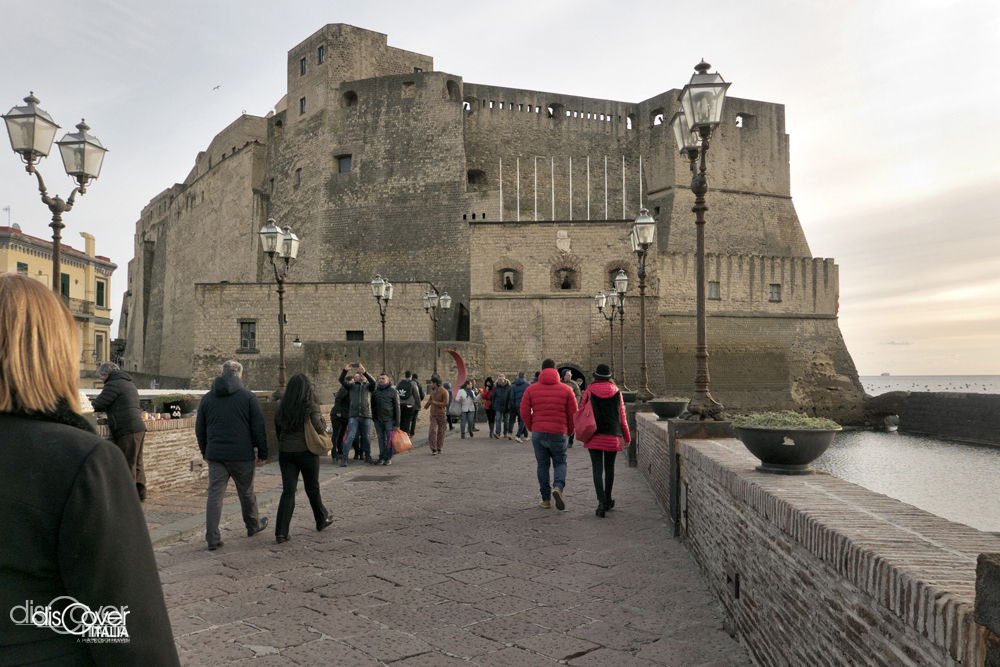
The history of Castel dell’Ovo (literally "Egg Castle") cannot be separated from the one of the islet of yellow tuff near the coastline called Megaride, where according to the myth, te siren Parthenope is buried.
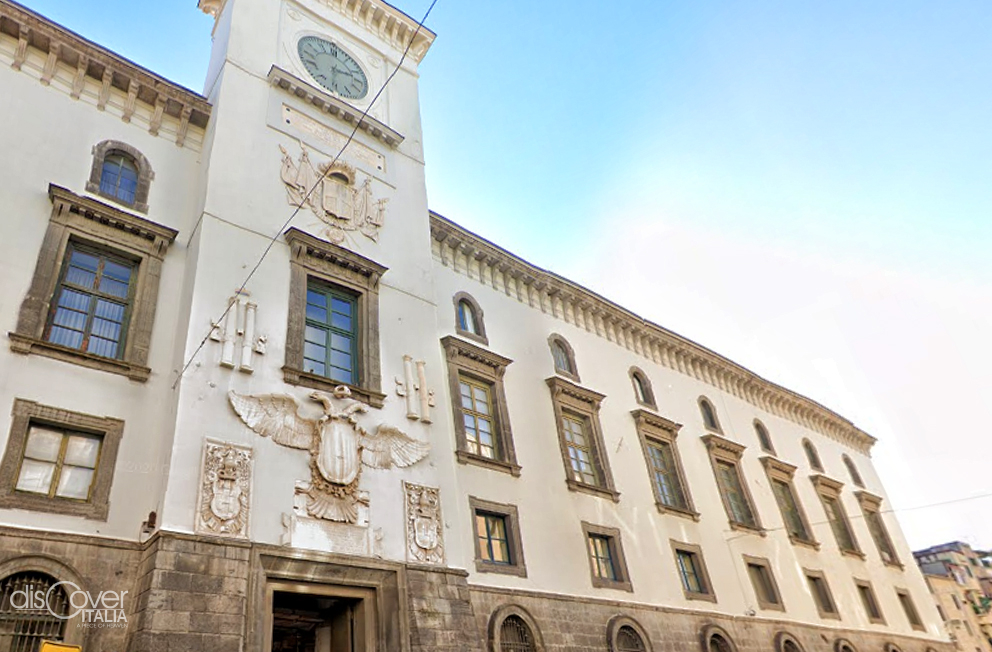
Overlooking the central Via dei Tribunali, behind Porta Capuana, access to the road connecting with the ancient Capua, Castel Capuano, apart from the evocative name of its original function, is commonly assimilated to one of the several palaces of the historic centre of Naples, courthouse of the city. This explains the reason why it has been the city’s courthouse for centuries.
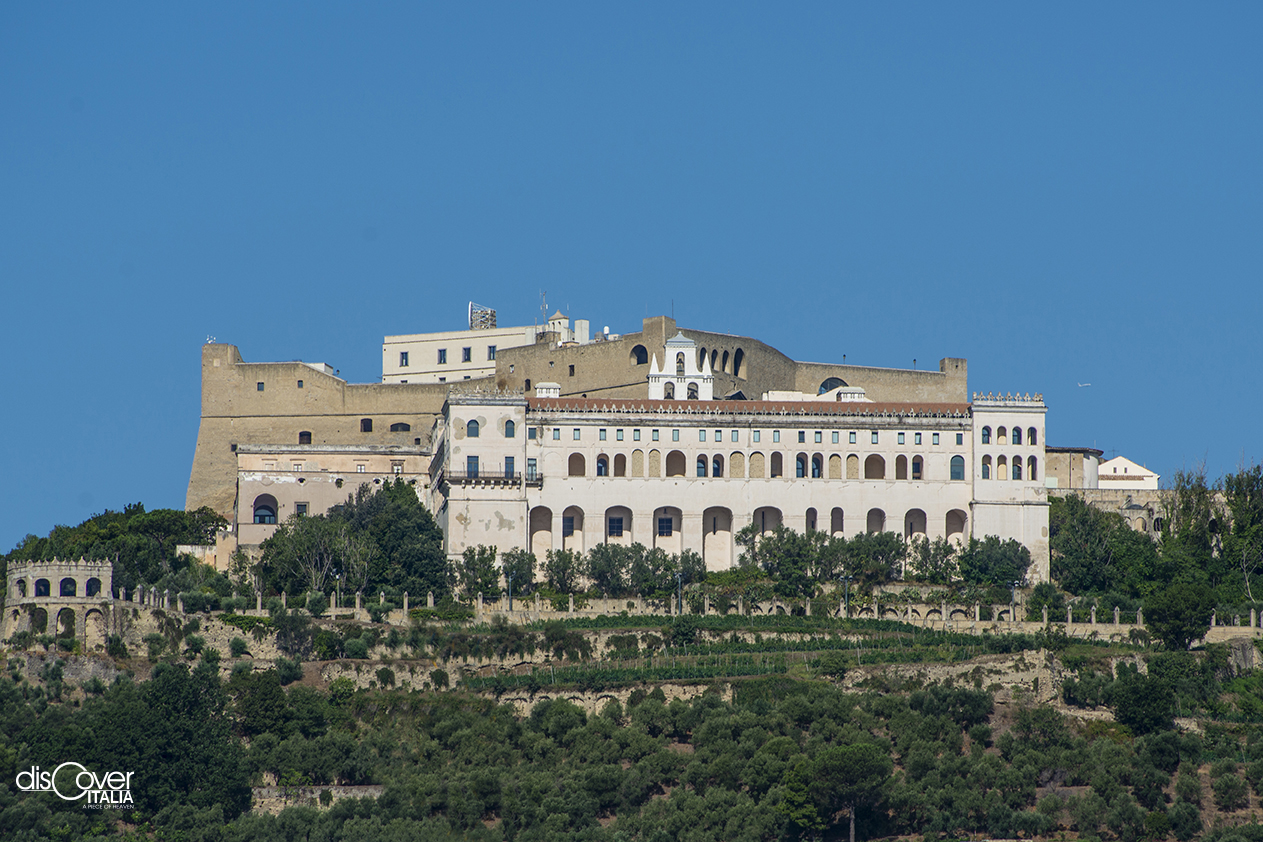
From the top of the Vomero Hill, Castel Sant’Elmo dominates the whole city and represents an ideal observation point of its entire gulf. It was precisely the strategic position of the hill, anciently known as Paturcium, which from the 10th century housed the small church of Sant’Erasmo, that suggested to Robert of Anjou the idea of building a palatium castrum.

It is the most famous Castle in Naples, symbol of the city, and is the most recent of all. It is not explained by the name “Maschio Angioino” with which we know it nowadays, but with the obsolete name that, in an eloquent way, identified it compared to the others when it was built: Castel Nuovo (“New Castle”).

Higher building in the city. A prestigious location in the place known as the "court plane," once in a defensive and strategic point ofe view, now simply for the beauty of the landscape admired from there.
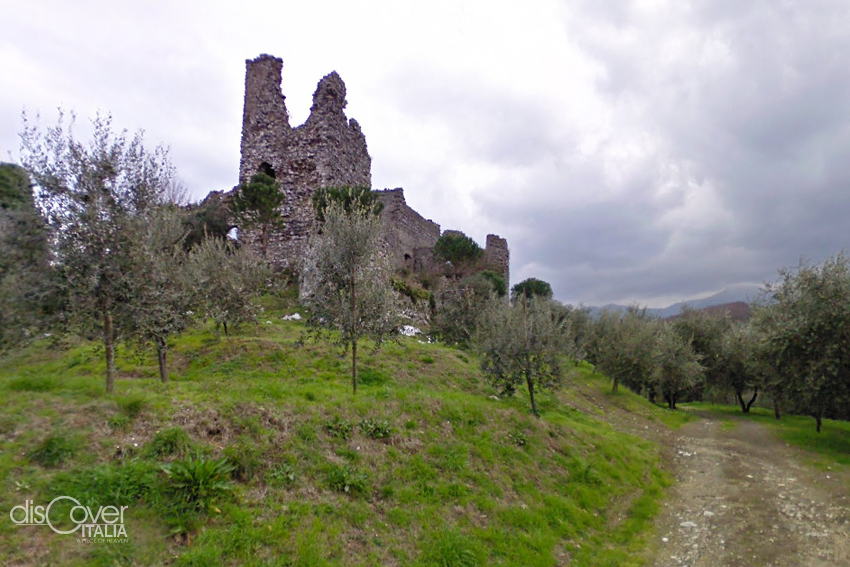
Seventy castles from the most diverse eras and with the most varied characteristics. Illustrious ruins full of suggestions that characterize the land of Irpinia and contribute to its charm.
Copyright © 2025 - All rights reserved. Any type of reproduction, even partial, without permission is strictly forbidden.
